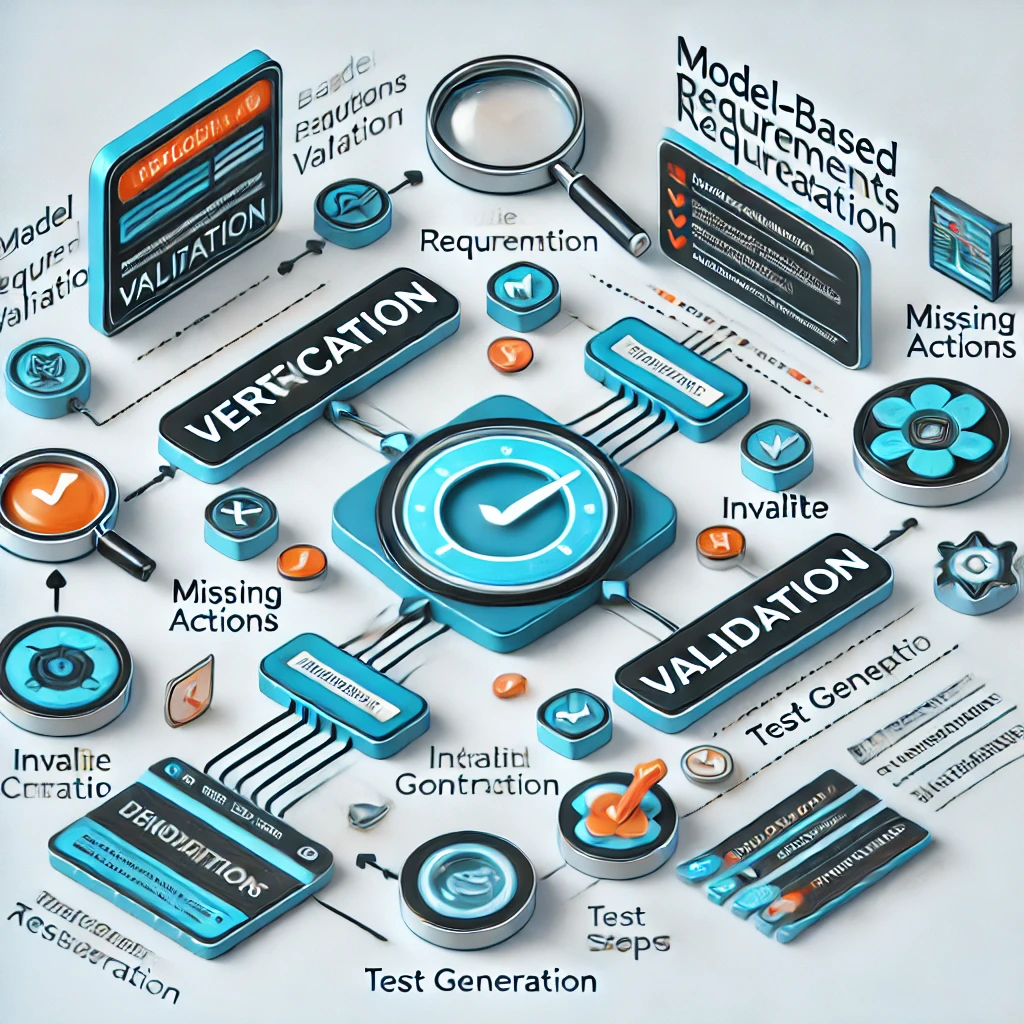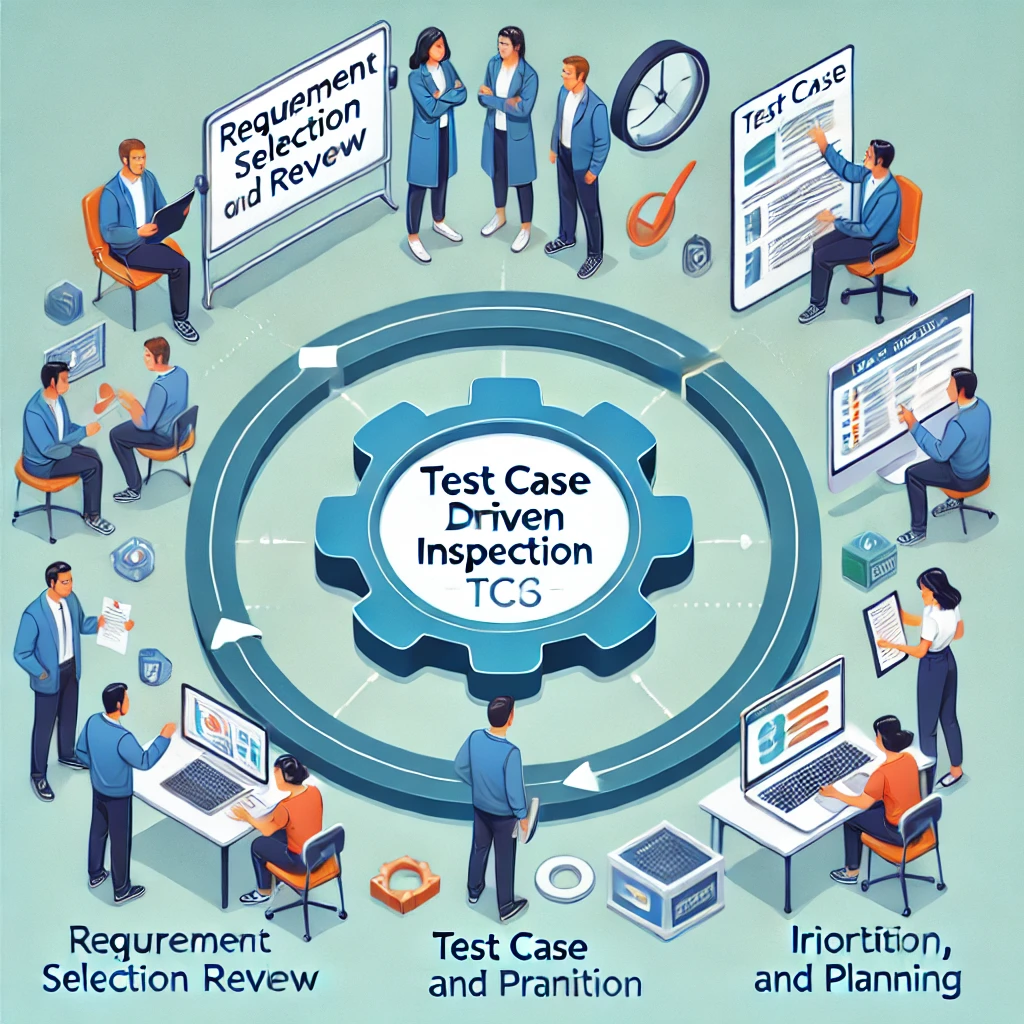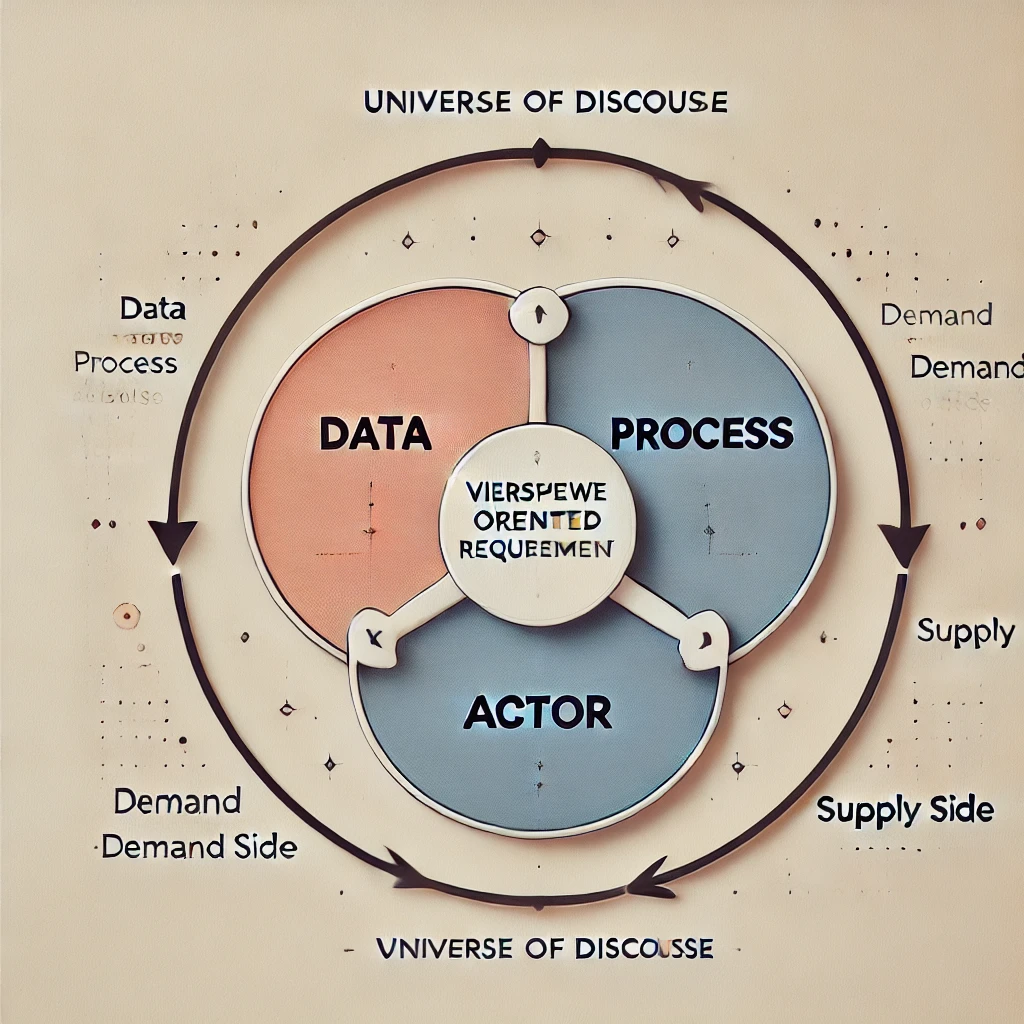The Complete Test Concept Guide: What Test Management is
When I begin a new software project, I always specify my test conception early in the process. This isn’t just a good habit—it’s a strategic decision that sets the foundation for efficient, scalable, and reliable testing. In this article, I’ll walk you through how I specify a complete test conception and what each chapter of a solid testing concept should contain. Without a clear structure, even simple test plans can quickly spiral into chaos. Test cases get missed. Responsibilities overlap. Bugs sneak through unnoticed. That’s why I always make sure my test conception includes everything necessary—from strategy design and test types to environment setup, tool selection, and role assignments.
The Complete Test Concept Guide: What Test Management is Read More »









